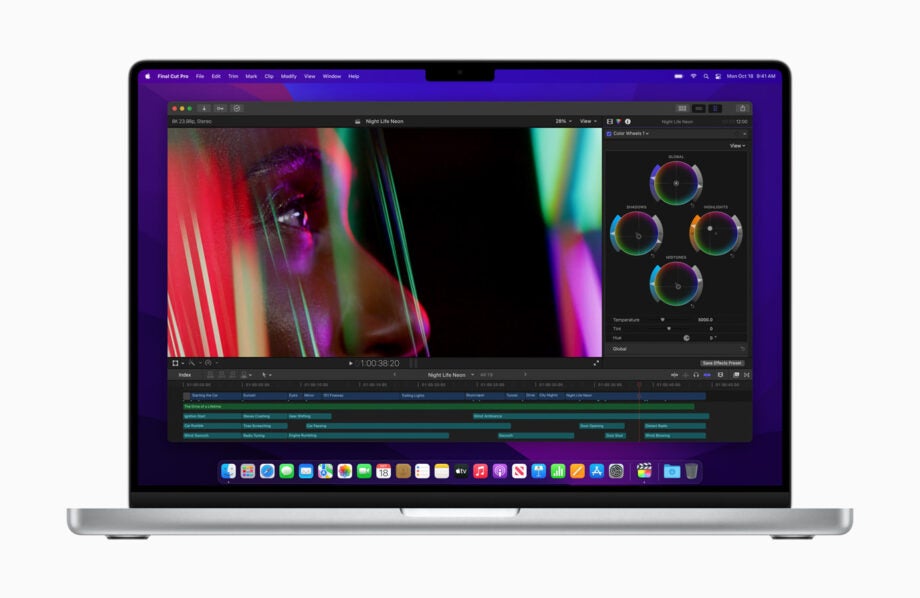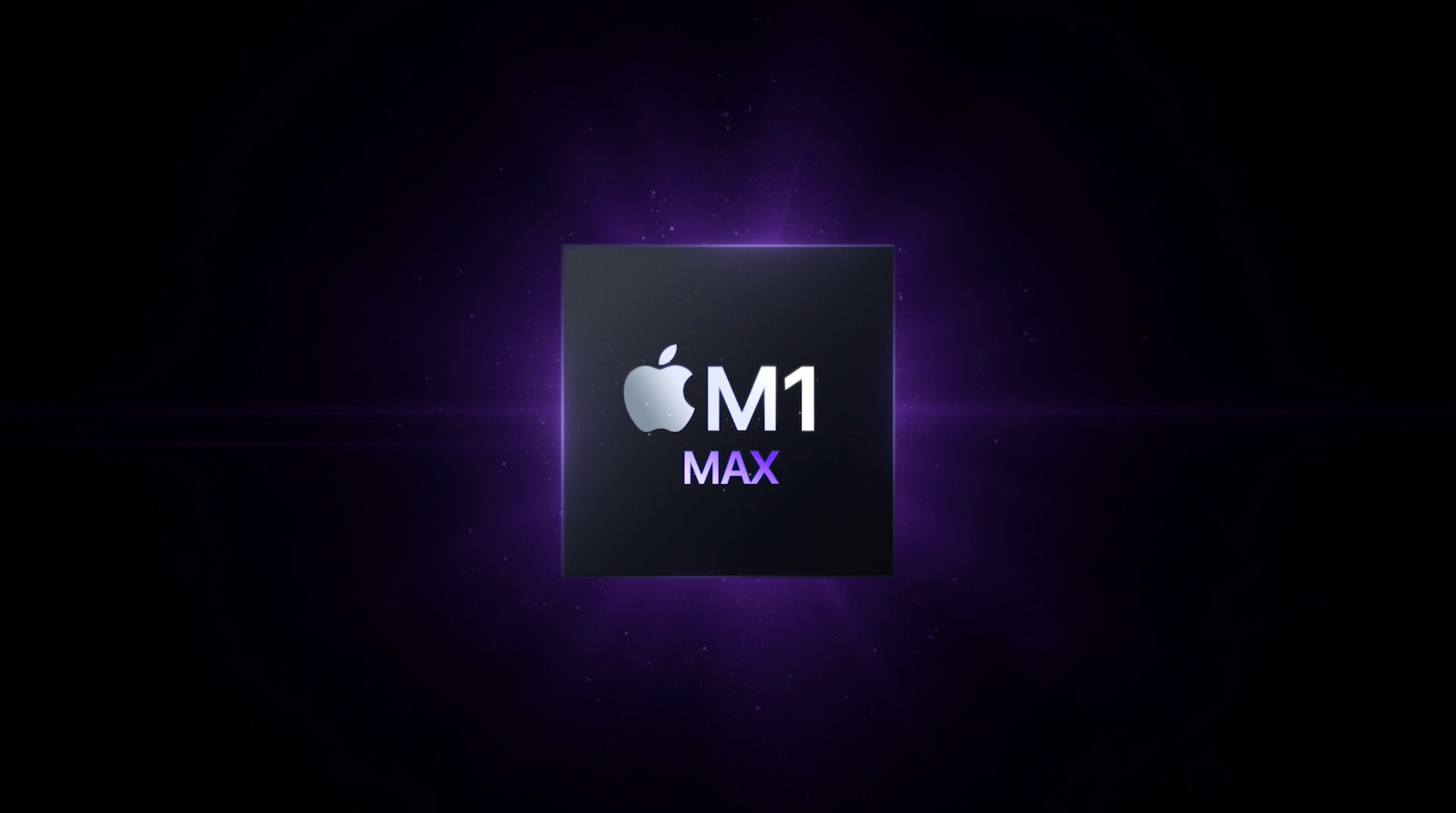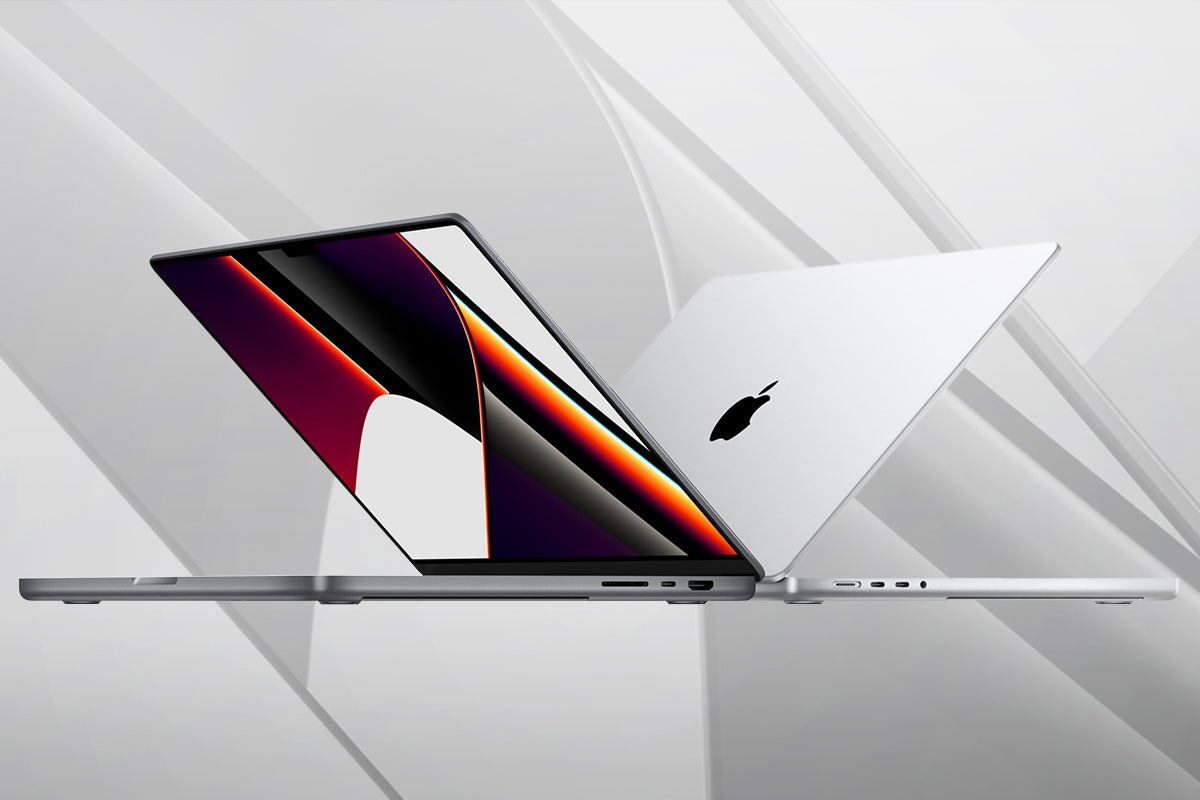Does the new MacBook Pro 2021 ‘notch’ have Face ID?

Apple surprised many by adding an iPhone-like ‘notch’ to the new MacBook Pro 2021 display prompting a brief hope that it may be to incorporate the Face ID security technology.
While rumours late last week suggested the notch might be part of the wider redesign, many seasoned observers felt this was unlikely.
During the October 18 ‘Unleashed’ event, Apple confirmed the display cut out, along with an improved webcam offering 1080p resolution. Apple is calling it the best camera it has ever placed in a MacBook with double the resolution and low-light performance of its predecessor.
In a press release, Apple says: “The camera system taps into the powerful image signal processor (ISP) and Neural Engine of M1 Pro and M1 Max for computational video that enhances video quality — so users appear sharper with more natural-looking skin tones.”
Is Face ID on the new MacBook Pro 2021?
While the new 1080p FaceTime HD camera will boost face-to-face video calls, there’s no sign of the Face ID biometric security feature that’ll allow Mac users to unlock their notebooks.
Given the width of the notch, it seemed perfectly possible to incorporate the various sensors (like the flood illuminator, dot protector, proximity sensor and infra-red camera) required to ensure Face ID works effectively and safely.
However, it may be the slimmed down nature of the display itself that prevents Face ID from sitting within the new MacBook Pro 2021.
Despite Apple dispensing with the Touch Bar for the new MacBook Pro models, the Touch ID sensor remains on the Magic Keyboard, so there is a measure of biometric security.
The Apple MacBook Pro 2021 comes in 14-inch and 16-inch flavours with a choice between the M1 Pro and M1 Max chips.
Has Apple missed an opportunity here? Or was it unfeasible to begin with? Let us know @trustedreviews on Twitter.





